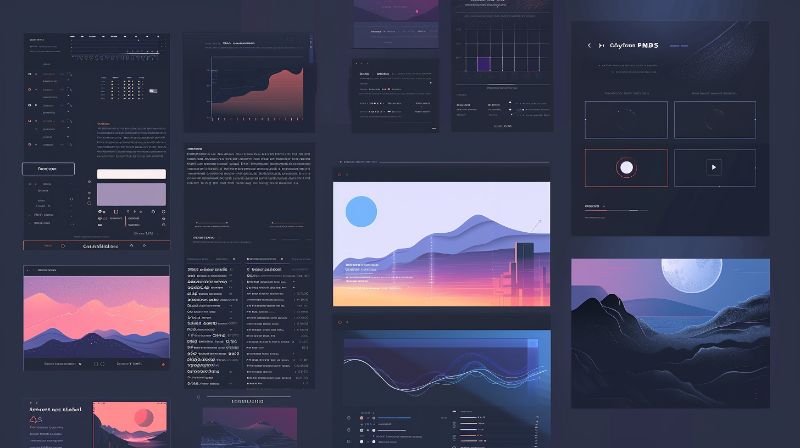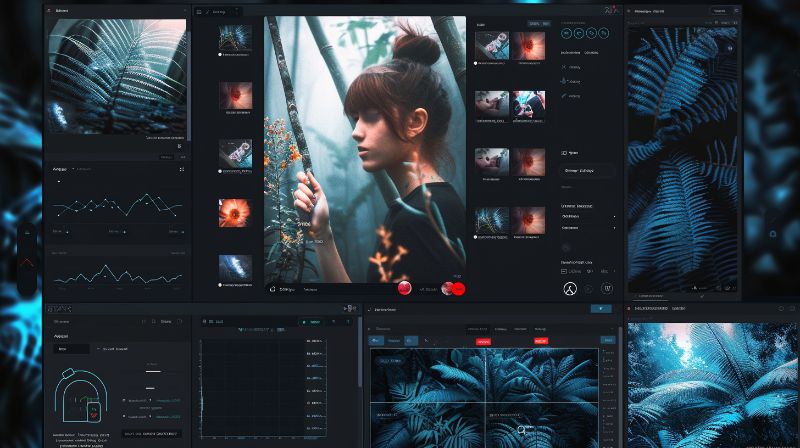Optimizing Images for the Web: Formats and Quality
Find out how to optimize images for faster loading times and better web performance by selecting the right formats and adjusting quality settings.
4 min read · Apr 28, 2024
In the digital age, images play a crucial role in web design and user engagement. However, they can also be a significant source of performance bottlenecks if not optimized properly. This article delves into the importance of image optimization, exploring various image formats and quality adjustments to ensure fast loading times and high-quality visuals for your web projects.

Why Image Optimization Matters
Image optimization is the process of reducing the file size of your images without sacrificing quality. This is essential for several reasons:
- Improved Loading Speed: Smaller image files load faster, enhancing the user experience and reducing bounce rates.
- Better SEO: Search engines favor websites that load quickly, so optimized images can improve your search rankings.
- Reduced Bandwidth Usage: Smaller images consume less bandwidth, making your site more efficient and accessible, especially on mobile networks.
Choosing the Right Image Format
Different image formats have unique advantages and are suited to various use cases. Here’s a breakdown of the most common formats used in web design:
JPEG (JPG)
- Best For: Photographs and images with many colors and gradients.
- Advantages: Good balance between file size and quality, supports compression.
- When to Use: When you need small file sizes with acceptable quality, especially for photos.
PNG
- Best For: Images with transparency, graphics with sharp edges and text.
- Advantages: Lossless compression, supports transparency.
- When to Use: When image quality is crucial, and you need transparent backgrounds.
GIF
- Best For: Simple animations and images with limited colors.
- Advantages: Supports animation and transparency, low file size for simple images.
- When to Use: For small, simple graphics or animations with fewer colors.
WebP
- Best For: Both photographs and graphics with transparency.
- Advantages: Superior compression, supports both lossy and lossless compression.
- When to Use: When you want the best compression without compromising quality.
SVG
- Best For: Scalable vector graphics, logos, and icons.
- Advantages: Infinitely scalable without quality loss, small file size for complex graphics.
- When to Use: For graphics that need to scale across different screen sizes and resolutions.

Adjusting Image Quality
Optimizing images often involves adjusting their quality settings to find the best balance between visual appearance and file size. Here’s how you can manage image quality for different formats:
JPEG Quality Settings
- Compression Levels: Adjusting the compression level can significantly reduce file size. Lower compression (higher quality) retains more details but increases file size.
- Recommended Setting: Use a compression level between 60-80% for a good balance.
PNG Optimization
- Bit Depth Reduction: Reducing the bit depth from 24-bit to 8-bit for less complex images can cut down file size while maintaining quality.
- Transparency Management: Optimize transparency settings to reduce file size.
WebP Quality
- Quality Range: WebP offers a range of quality settings from lossy to lossless. Choose lossy for photos and lossless for graphics.
- Recommended Setting: Use lossy for regular images and adjust quality to balance size and clarity.

Tools for Image Optimization
Our comprehensive Image Optimization tool is designed to streamline your web image management. Whether you need to convert formats, resize dimensions, or adjust quality settings, our tool has you covered:
- Format Conversion: Effortlessly switch between popular formats like JPEG, PNG, GIF, WebP, and SVG to ensure compatibility and performance.
- Resize and Adjust: Easily resize your images to specific dimensions and fine-tune their quality to balance clarity and file size, perfect for any digital platform.
With our all-in-one Image Optimization tool, enhancing your images for the web has never been easier.

Conclusion
Optimizing images for the web is crucial for creating fast, user-friendly websites. By understanding the strengths and use cases of different image formats and learning how to adjust quality settings effectively, you can enhance your site’s performance and visual appeal.
Ready to optimize your images? Try our Image Optimization Tool now to ensure your website loads faster and looks great on any device.